Featured Photo Above:
Addie Joos Benefit Game, July 24, 1911
(Color Restoration by Chris Whitehouse of They Played in Color website)
Baseball History Comes Alive Now Ranked As a Top Five Website by Feedspot Among All Baseball History Websites and Blogs!
(Check out Feedspot's list of the Top 35 Baseball History websites and blogs)

Guest Submissions from Our Readers Always Welcome! Click for details
Scroll Down to Read Today’s Essay
Subscribe to Baseball History Comes Alive for automatic updates. As a Free Bonus, you’ll get instant access to my Special Report: Gary’s Handy Dandy World Series Reference Guide!
1947 World Series Photo Gallery
Click on any image below to see photos in full size and to start Photo Gallery:
Today Michael Keedy continues the countdown of his Top Ten World Series catches with great catch number seven. Michael gives us an in-depth look at the 1947 World Series and Al Gionfriddo’s spectacular catch in Game Six. Be sure to check out the film clip of the catch below. -GL
Michael Keedy’s Greatest World Series Catches, No. Seven:
“Back-Back-Back In Time!”
Al Gionfriddo and the 1947 World Series
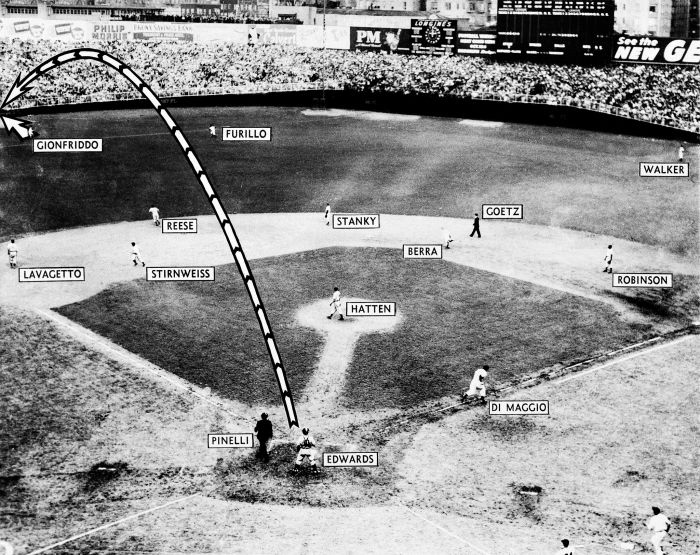
“It was the greatest catch I ever saw.” -Giants’ manager Bill Terry, speaking of Al Gianfriddo’s catch in the 1947 World Series
If ever any American alive in the first half of the twentieth century were surprised to discover a team from New York in the World Series, he couldn’t have been much of a baseball fan. In fact, of the first fifty Fall Classics, beginning in 1903, Brooklyn, the Giants or Yankees put in an appearance there an astounding total of forty times, a mind-boggling eight so-called “subway” contests included.
When the regular season ended in 1947, the majors’ mold of monotony in this respect remained unbroken despite the best efforts of competing clubs from other venues. As if further evidence were needed confirming the Empire State’s predominant presence in the postseason, once again New York played host to the series. It was Brooklyn vs.The Bronx Bombers, and it would quickly become a World Series for the ages.
1947: Jackie Robinson Makes His Debut…And What a Debut It Was!
But the “face” of major league baseball had already changed in a much different way that year, dramatically and forevermore. Even today, casual fans remember that the Dodgers’ Jackie Robinson broke the color barrier in ’47, and they probably know too that Jackie was the first-ever Rookie of the Year that season, his league’s leader in stolen bases, and the first black man to appear in a World Series game.
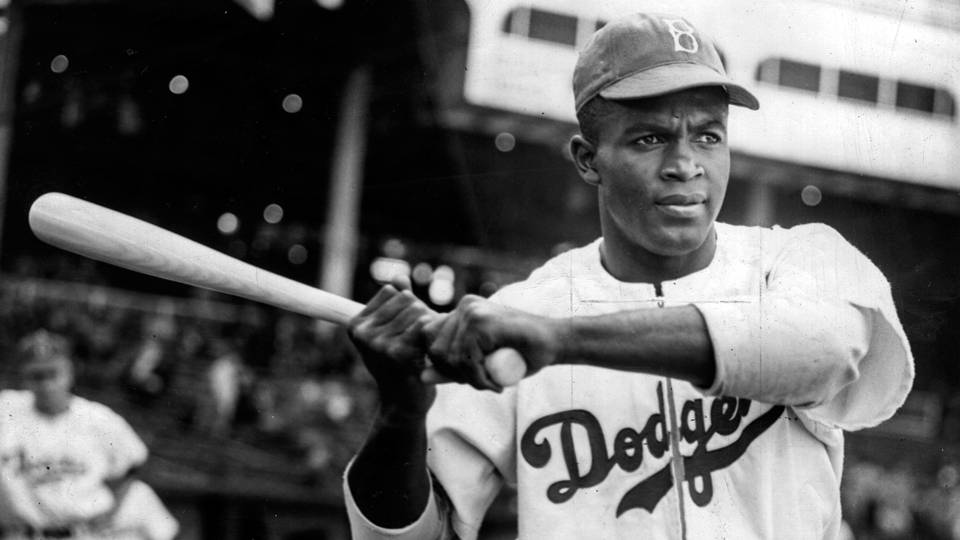
With the immeasurable influence of general manager Branch Rickey and his own, extraordinary fortitude and tenacity, Robinson launched a Hall-of-Fame career seventy-five years ago. In the process, he found a permanent place among baseball’s immortals. In an odd twist of fortune, his arrival in Brooklyn also led to a racially-inspired player swap, now long forgotten, that would leave indelible marks on two of the most stirring World Series games ever played. Surprisingly, Jackie Robinson was not significantly involved in either one.
Several of the Dodgers’ own players raised strident and offensive objections to Robinson’s inclusion on the team that year. Dixie Walker, a Georgia native and the highly popular “People’s Cherce” in Brooklyn, led an ill-fated petition drive against Robinson. Although Walker stayed on, and appeared in the series, by 1948 he was gone from the ball club. Frontline pitcher Kirby Higbe, who hailed from South Carolina, was even more intractable. When he insisted on being traded rather than play with a black man, the Dodgers obligingly shipped him off to Pittsburgh, baseball’s nearest equivalent of purgatory in the post-war period. Not long after, his once-excellent career was finished. In exchange for Higbe and several others from the club, in May of 1947, the Dodgers got some cash and a diminutive, seldom-used journeyman outfielder, known almost exclusively for his blinding speed. His name: Al Gionfriddo. Nobody realized it, but that trade was baseball history in the making.
Thanks to his lightning feet, this otherwise anonymous 25-year-old, born and raised in the heart of Pennsylvania’s coal country, was dubbed “The Dysart Deer,” after his hometown. He had literally run his way out of a life in the mines, and at age 22, playing for Class A Albany, in 1944 he led the Eastern League in steals (51), walks (108), and runs scored (130). His 28 triples that year remain to this day the league’s all-time, single-season record.
The Classic 1947 World Series
The ’47 World Series opened at The Stadium and immediately began to unfold in familiar, “ruthless” Yankee script. The Dodgers dropped both road games and found themselves playing catch-up ball the rest of the way. They battled back, but went into the bottom of the ninth at Ebbets Field, Game Four, down by a run and facing a likely, 3-1 deficit in the series. If the Yankees could hold on here, their 2-to-1 win the next day, on the strength of Joe Dimaggio’s home run, would give them another world title, this one in five quick games over the ever-hopeful but eternally hapless Bums.
Although he had walked eight Dodgers in Game Four on the way to a 2-1 lead with only three outs to go, an obscure Yankee by the name of Bill Bevens was on the brink of nailing down the first no-hitter in series history. He opened things up by getting Bruce Edwards on a fly ball. One down, with expectations rising on all sides, and the tension high in Flatbush. Next, Carl Furillo drew the ninth walk from Bevens, but stayed put as Spider Jorgensen fouled out. Two gone. A heave and a sigh. Al Gionfriddo then ran for Furillo, in more ways than one.
Getting the “steal” sign to his surprise, with two outs the Deer from Dysart headed for second base. He slipped at the start, and was certain the Dodgers and he were dead ducks. His great speed did not abandon him, though, and he managed to churn safely into second, barely ahead of a high throw from Yogi Berra and late tag by Phil Rizzuto. Whew.
Heroics by Cookie Lavagetto!
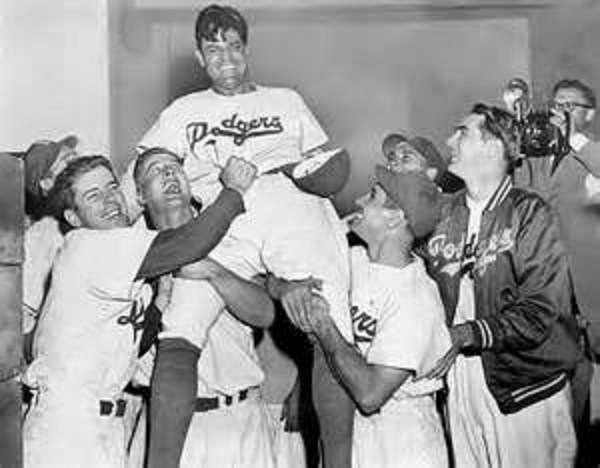
What happened next you definitely do not see every day: Bevens’ no-hitter remained intact with only one out to go, but the Yanks were leading by just a single run, remember, and first base was now open. To the surprise of many, if not everyone at the ballpark, Manager Bucky Harris ordered a walk to Pete Reiser, pinch-hitting for Hugh Casey despite a heavily-taped broken ankle. This would set up a force play all right, which was the idea; but in giving a pass to Reiser the Yanks apparently hadn’t realized he couldn’t have beaten a throw to first if he had hammered the ball into the Hudson. Eddie Miksis came in to run for the hobbled Reiser. By now the Dodgers, unable to buy a hit the entire afternoon, were still breathing, and Miksis, waiting on first, was suddenly carrying the potential winning run.
Next, a game that had barely survived to this point, thanks to a blur by the name of Al Gionfriddo, ended on Cookie Lavagetto’s stunning drive over the head of Tommy Henrich in right and off the wall, both runners scoring. Bill Bevens’ no-hitter was gone. Another Yankee win was but a vapor, and the World Series was now dead even. Most significantly of all, a Game Six had become inevitable. In that one, the Deer’s motor would be running full-tilt.
Game Six and, if needed, a seventh and deciding game would be played at the Stadium. The Yankees overcame a big Brooklyn lead in the middle innings, but the Dodgers surged ahead in their half of the sixth, 8-5. Three-quarters of a century later, that next half, the game itself, and this World Series live on in the minds of baseball fans and historians, wherever they may be.
Little Al Gionfriddo Robs Joltin’ Joe!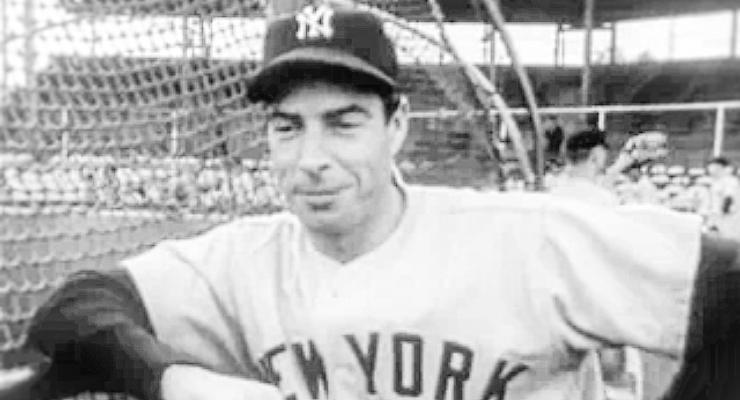
With two down and runners on, Joltin’ Joe smoked a massive shot to left-center, or “Death Valley,” as it was then known. The giant numerals out there, where the iron railing of the visitors’ bullpen met the seats, read 4-1-5. If his ball went into the bullpen as expected, it would tie things up, and the Yankees, by scoring again in the ninth as they did, would win the series in six. For these Dodgers, there was no tomorrow.
Al Gionfriddo had gone into the game just that inning, as a defensive replacement for Miksis in left. By Manager Burt Shotton’s reasoning, he had the speed to outrun just about anything hit into the Grand Canyon. Expecting the Yankee Clipper to pull, Coach Clyde Sukeforth had Gionfriddo playing near the line, and fairly shallow. It must have looked like a mile to the sign in left-center. As it was, he was forty yards short of the bullpen.
The World Series in 1947 was the first ever to be televised. Viewers across the country were transfixed; but Red Barber, the Old Redhead, was broadcasting this game on the radio. Here, as Joe Hatten’s fat fastball to Joe Dimaggio heads for the plate, is Barber’s fabled and verbatim call:
“Swung on, belted. It’s a long one, deep into left center. Back goes Gionfriddo, back-back-back. .back-back. .back. . .he makes a one-handed catch against the bullpen! Whoa-ho, doctor! He took a home run away from Dimaggio!”
In Roger Kahn’s book, The Era, 1947-57, he quotes Al Gionfriddo:
“I didn’t think I had a chance. I put my head down and I ran, my back was toward home plate. — And you know, I had it right. I had the ball sighted just right.”
Did he ever!
With the ball screaming into no man’s land, a roar from Yankee partisans in the left-field seats signals home run. Tie game. Suddenly, as Gionfriddo leaps to spear it in front of the railing, an echoing roar from as many Dodger fans confirms what Giants Hall-of-Famer Bill Terry called “the greatest catch I ever saw.” Dimaggio, a paragon of dignity and decorum at all times on the field, can be seen on film kicking the infield dirt [see film clip above] in a rare display of disgust as he nears second base, so certain was he that his cannon shot was gone.
These named principals are all gone now, to be sure. Considered one of the all-time greats of the game, Joltin’ Joe has been immortalized in a variety of ways: as an outstanding ballplayer, husband to Marilyn Monroe; later on as “Mr. Coffee,” and forever remembered as having “left and gone away,” in the iconic words of Simon & Garfunkel. But the Dysart Deer, at five feet six and 150 pounds, was the smallest man in the major leagues, and sports writers in New York were already predicting he “would soon be the smallest man in the minors.” Indeed, his tremendous catch in Game Six of the ’47 series would be the last play he ever did make in the big leagues. Almost as incredibly, when it was all over, neither Cookie Lavagetto nor poor Bill Bevens would ever again play ball.
Al Gionfriddo, a speedy, speck of a ballplayer whose mercurial career with the Brooklyn Dodgers was over almost before it started, died in 2003, age 81. Now just a “glimmer of time between eternities,” he found his own place in the sun.
Michael H. Keedy
Subscribe to our website, “Baseball History Comes Alive!” with over 1200 fully categorized baseball essays and photo galleries, now closing in on the one million hits mark with 883K hits and over 700 subscribers: www.baseballhistorycomesalive.com
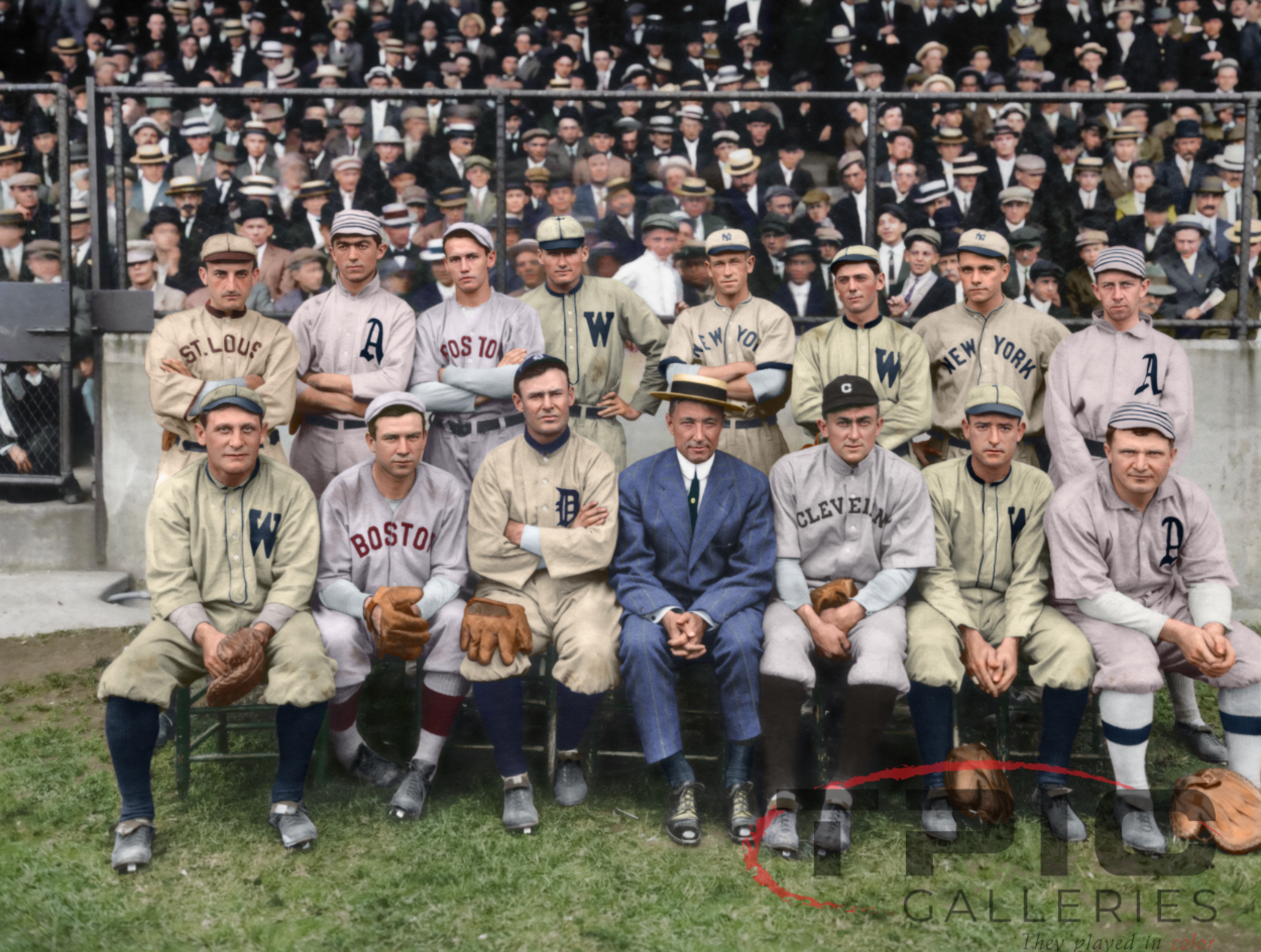
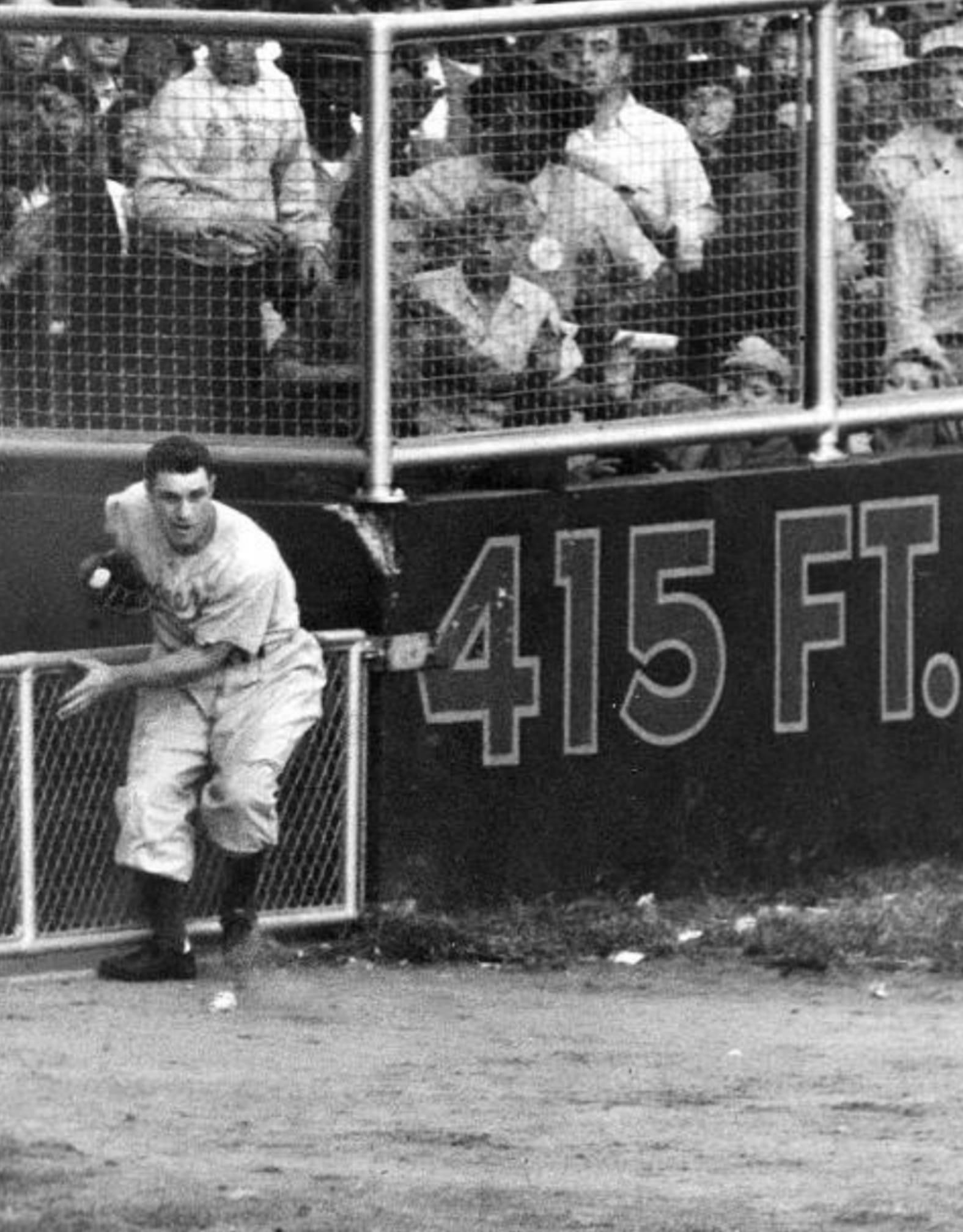
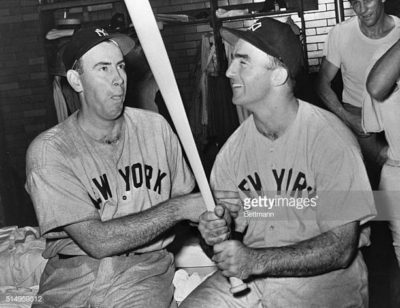
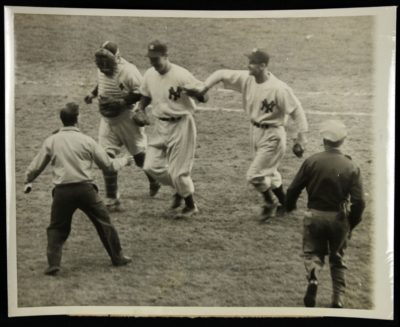
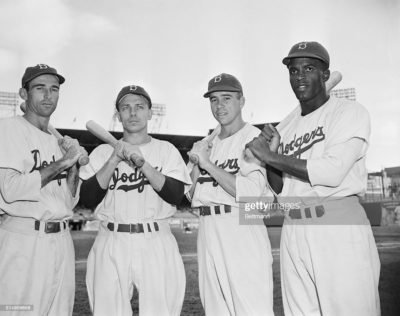
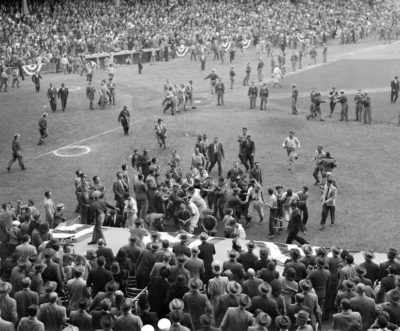
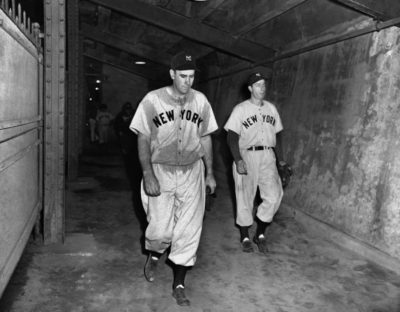
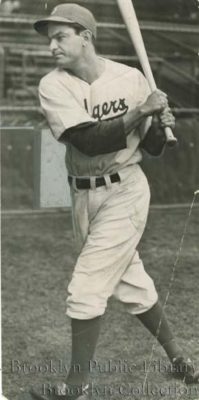
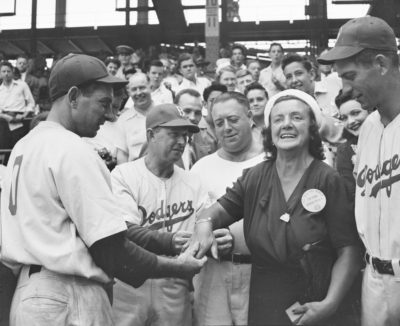
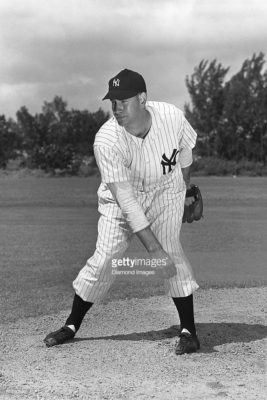
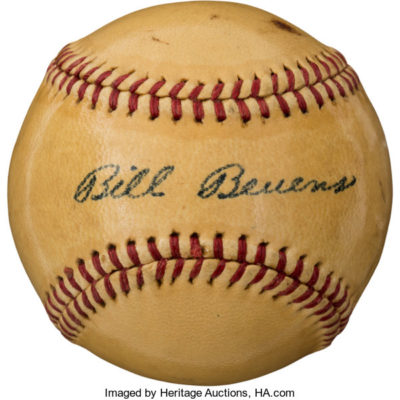
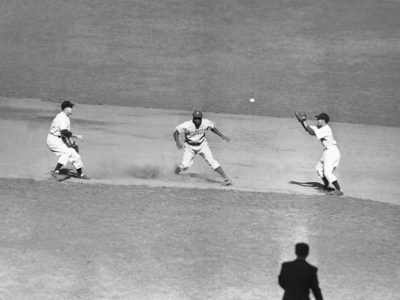
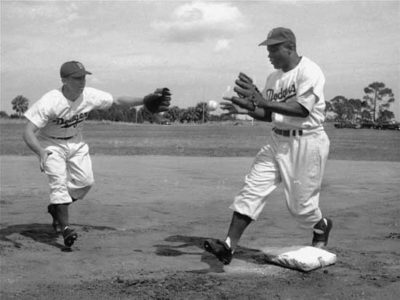
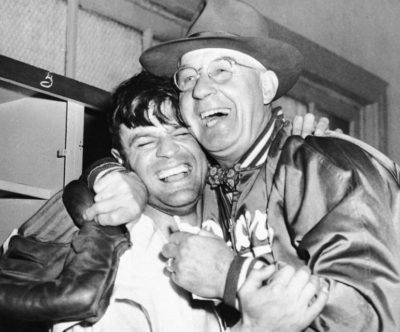
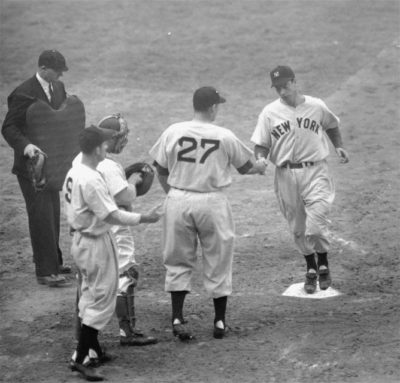
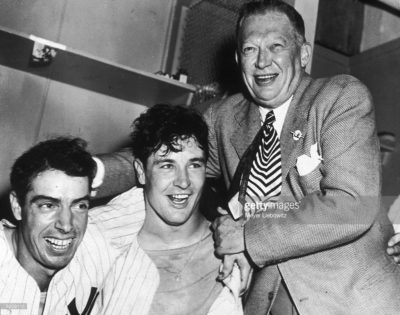
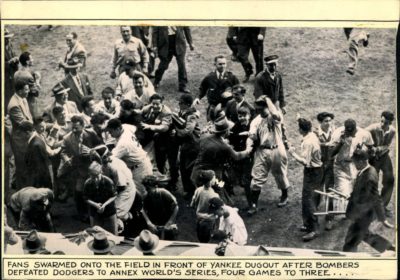
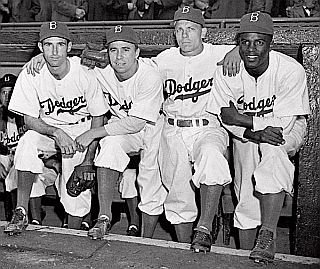
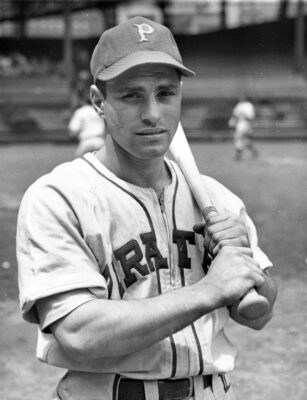
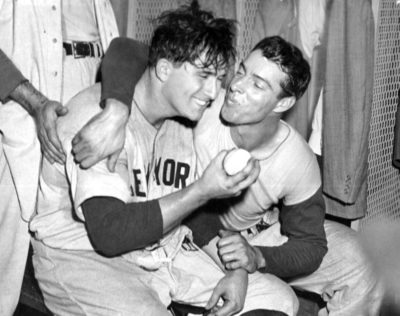
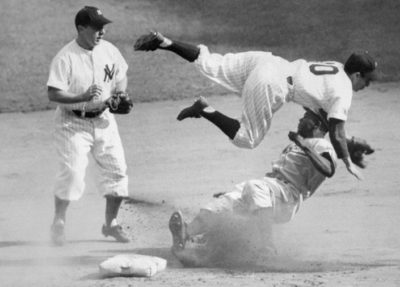
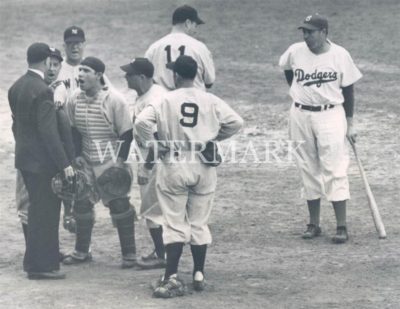
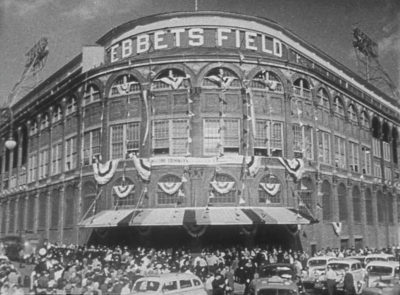
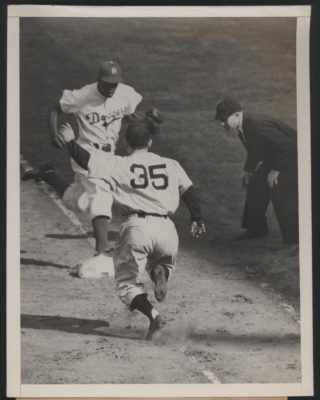
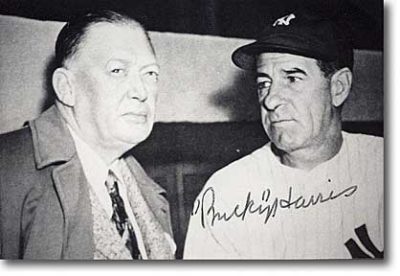

Hey guys:
I guess most of you know I found baseball in 1947. Imagine a ten year old kid walking into THE most controversial time in baseball. I had no idea of the significance of what was happening. All I knew was I was trying to learn the game among all the action going on on a field I had to imagine. I said imagine because it was two years before we got our first TV set. Baseball was described to me by Red Barber from the field to the grandstand to the teams. THAT is one of the hardest things to remember; listening instead of watching baseball. I think that’s why, though I remember the game, Gionfriddo’s catch wasn’t as spectacular in words as it was in person or on TV.
I didn’t remember him being gone so soon after it, but do remember the disappearance (did I spell that right?) of Walker, Lavagetto etc. for their objections to playing with Jackie Robinson. In retrospect, becoming a fan at the time of one of the most revolutionary times in the game was a privilege though I didn’t know it at the time.
Kind regards,
Joan
PS to Mike:
Thanks Mike. I’m lovin’ it.
Beauty Michael !
Great lead-in sighting the Higbe deal to the Pirates, paving the way for Gionfriddo and The Catch–sparked by the electric Jackie Robinson breaking the infamous color barrier. More about that in a moment.
Joan, I beat you by about half a year, as I started to live and die with the Giants about mid-way through the ’46 season. We were three years away from TV in Westfield, NJ. At Lincoln school the teachers allowed us to watch some of the games at Gordon Thomas’ house while enjoying cookies and cider. I followed baseball closely and was annoyed at some of the kids’ inane comments about the games (ha, ha). But became more tolerant as I got older.
Back to the catch. You just don’t get a sense of how fantastic a catch it was from the clip. So, terrific job, MK, in pointing out Al had to gallop 40 yards to make the play! Never knew that. (Barber’s call on tape is really good).
And Gionfriddo’s glove seemed almost anachronistically small even in 1947. We had bigger gloves playing ball at Tomaques park, near the high school.
Love the quote from Kahn’s book and your ending also–as Casey Stengel might say, “You done splendid!”
Best, Bill
Hello Dear Joan, William:
You guys are waaay too kind! Of course I’ll take it.
Perhaps not so surprisingly as it seemed at first, while I continue to pound out each succeeding and ultra-wordy account in this series I find myself imagining Gary and you guys on the reading end. When accolades like these above follow from the three of you, it makes the whole assignment rewarding beyond description — even for a wordsmith who can’t seem to zip it.
So it’s on to the next installment! I am proud to say this project has become a joint effort, in every good sense.
In your debt,
Michael
No doubt a great catch, but I suspect that the details might be off a little. If Al G. was 40 yards away, even if he was as fast as everyone appears to agree he was, to cover 40 yards and make the catch seems a bit of a stretch. That would be approaching world record time for that distance, and certainly not under ideal racing conditions. The only possibility that I could imagine was that it was more of a towering fly ball that was in the air a while. The one thing I found fascinating was that three of the principals involved never played in the majors again; that is almost hard to believe. (Look up Sparky Anderson’s lifetime record for another hard to believe stat.)
In order to gauge the speed of this little rocket over 40 yards, one would need to know the time it took him to cover that much ground. I clocked him in 5 seconds from the crack of the bat to his catch at the railing, i.e., 8 yards per second. Not exactly world-record time. Dimaggio was no gazelle by age 33, but went from his right-hander’s spot in the box to a point at least ten yards down the line from first to second as the camera shifts back to him right after Gionfriddo’s catch. (How far would that be?)
We also know that The Deer had been instructed to play shallow, and that he ran to the 415-foot sign in left-center to make this catch. If he didn’t cover at least 40 yards on the play, he must have been stationed nearly 300 feet away from the plate on Hatten’s pitch.
“No doubt a great catch”? On that we can agree.